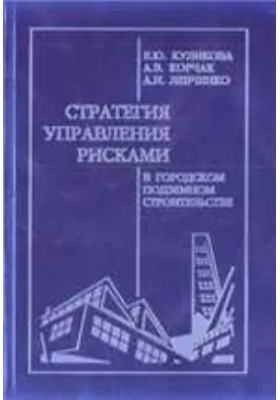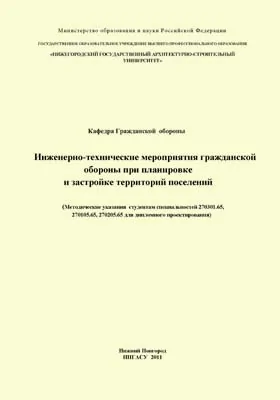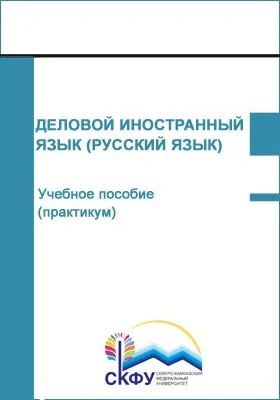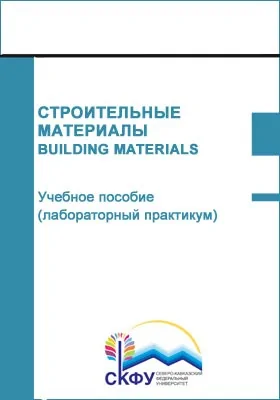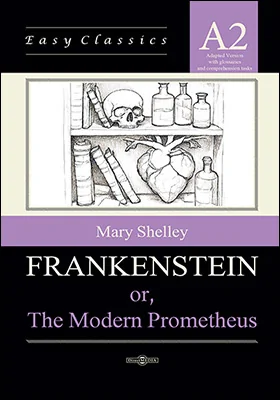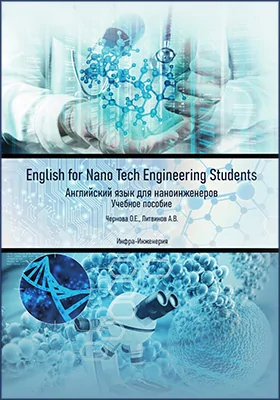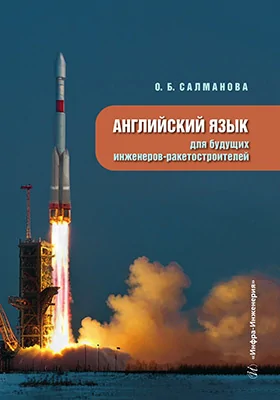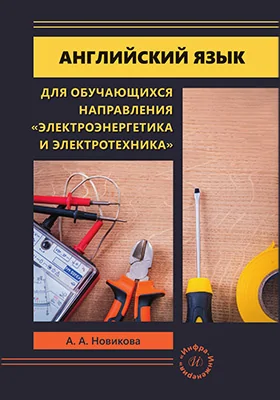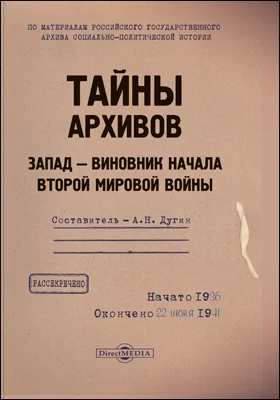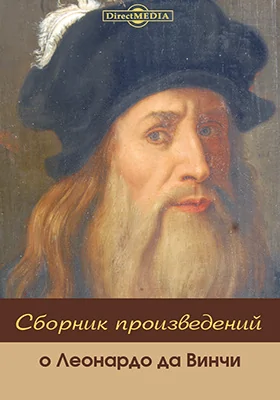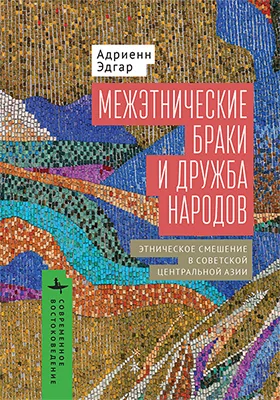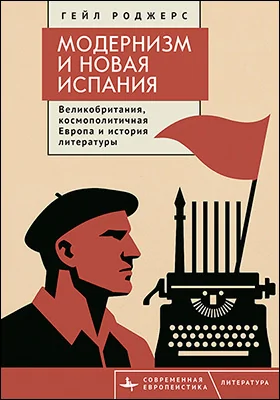
Строительные материалы
Здесь можно купить книгу "Строительные материалы" в печатном или электронном виде. Также, Вы можете прочесть аннотацию, цитаты и содержание, ознакомиться и оставить отзывы (комментарии) об этой книге.
Форматы: PDF
Издательство: Северо-Кавказский Федеральный университет (СКФУ)
Год: 2019
Место издания: Ставрополь
Страниц: 184
Артикул: 77316
Возрастная маркировка: 16+
Краткая аннотация книги "Строительные материалы"
В учебном пособии (курс лекций) рассмотрены основы структуры и свойств строительных материалов, технологические основы их производства, рациональных областей применения; основные положения материаловедения, позволяющие регулировать конструкционные и технические свойства строительных материалов, снизить материалоемкость и энергозатраты в строительстве, повысить долговечность зданий, сооружений и строительных конструкций.Пособие предназначено для самостоятельной работы бакалавров направления «Строительство» высших учебных заведений профилей «Промышленное и гражданское строительство», «Городское строительство и хозяйство», «Теплогазоснабжение и вентиляция».
Содержание книги "Строительные материалы : учебное пособие (курс лекций на английском языке)"
INTRODUCTION TO THE COURSE OF LECTURES
1. CLASSIFICATION OF BUILDING MATERIALS
2. STRUCTURAL, PHYSICAL, MECHANICAL AND CHEMICAL PROPERTIES OF BUILDING MATERIALS
3. NATURAL, CERAMIC AND GLASS MATERIALS
4. MINERAL (INORGANIC) BINDER’S
5. PORTLAND CEMENT
6. CONCRETES AND MORTARS
7. CLASSIFICATION AND ASSIGNMENT OF ORGANIC BINDERS
8. INSULATING MATERIALS (ROOFING, WATERPROOFING, HEAT INSULATION, ACOUSTIC)
CONCLUSION ON THE COURSE OF LECTURES
BIBLIOGRAPHY
Все отзывы о книге Строительные материалы : учебное пособие (курс лекций на английском языке)
Отрывок из книги Строительные материалы : учебное пособие (курс лекций на английском языке)
- 88 -Строительные материалы / Building materials5. PORTLAND CEMENTPlan5.1. The composition of Portland cement.5.2. Mineralogical composition of Portland cement clinker. The influence of the mineralogical composition of Portland ce-ment clinker on its properties.5.3. Physical and mechanical properties of Portland cement. Types of Portland cement.5.1. The composition of Portland cementGeneral characteristics and material composition of Portland ce-ment. Portland cement was invented in 1824 by Englishman Joseph Aspdin and simultaneously with it the Russian industrialist Egor Alievym. Portland cement is a hydraulic binder, which is 70–80 % of highly basic calcium silicate, obtained by firing at a temperature of 1450 °C the raw mix of limestone and clay followed by grinding product calcination (clinker) in fine powder together with gypsum and mineral additives.Natural gypsum is added to clinker during grinding in the amount of 4–5 % of the clinker. The addition of gypsum plays an important role as a regulator of setting time. Without addition of gypsum ce-ment will be very quick to grab and have a reduced strength.When grinding the clinker in an amount up to 20 % can be added the active mineral additives. Use additives of a sedimentary origin: diatomite, Tripoli (can be entered up to 10 %); volcanic – volcanic ash, tuff, pumice (15 %), and the domain granulated slag (to 20 %). Depending on the content of mineral additives Portland cement has a key: PC-D0 (without additions), PC-D5 (5 % additives), MI-D20 (up to 20 % of additives).Chemical composition of Portland cement clinker expressed by the content of oxides (by weight). The main ones are: СaO 63–66 %, ЅіО2 – 21–24 %, of Al2O3 4–8 % and Fе2О3 – 2–4 %, the total con-tent of which amounts to 95–97 %. In small amounts in the various compounds may include MgO, Na2O, K2O, TiO2, Cr2O3, P2O5, play a role in the properties of Portland cement. The mineral composi-
С книгой "Строительные материалы" читают
Внимание!
При обнаружении неточностей или ошибок в описании книги "Строительные материалы = Bilding materials (автор )", просим Вас отправить сообщение на почту help@directmedia.ru. Благодарим!
и мы свяжемся с вами в течение 15 минут
за оставленную заявку

